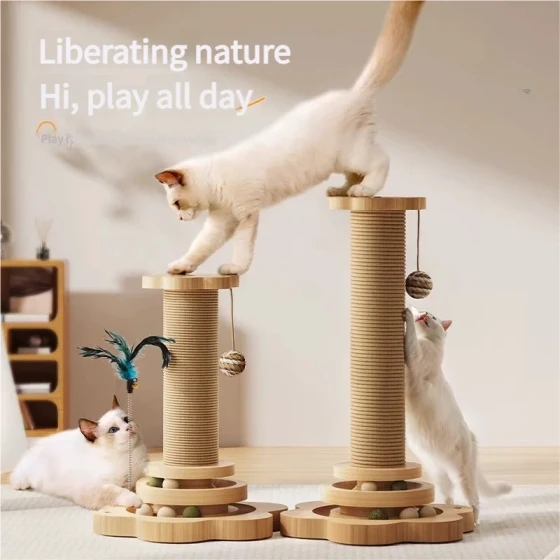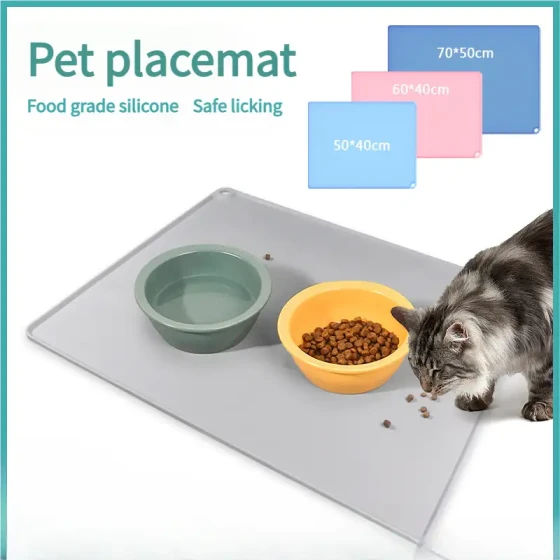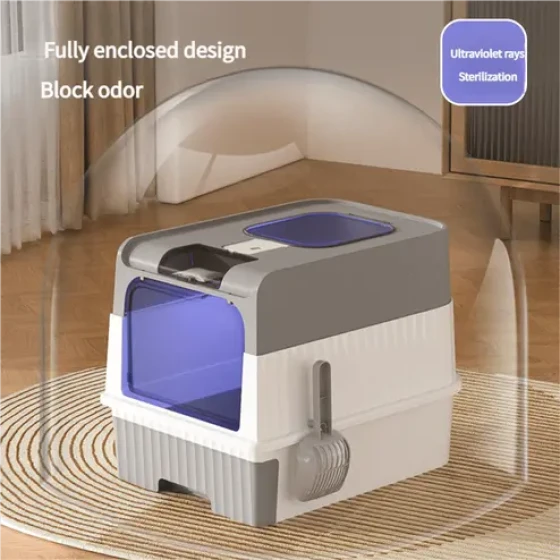What Does the Tabby Cat Eat_Feeding Guide Fully Revealed
When discussing what tabby cats eat, the question seems common but actually hides deep knowledge. Many people’s impression of tabby cats is that of those roaming streets and alleys, vigorous like the “indestructible cockroach,” representing the "Chinese rural cat." Tough and easy to raise, it seems they can get by on leftover food. But if we truly want this "master" who has coexisted with Chinese civilization for a long time to live healthily and decently, feeding must be done properly and cannot stop at just "not starving."
We must first clarify a core concept: cats, regardless of breed, are obligate carnivores. This is not a trendy biological label but a survival rule engraved in their genes. This means that cats’ physiological structure, digestive system, and nutritional needs are all designed around a diet high in animal protein, moderate in fat, and very low in carbohydrates. Their bodies lack the ability to effectively utilize plant protein and large amounts of carbohydrates. Understanding this makes the general direction of feeding tabby cats clear.
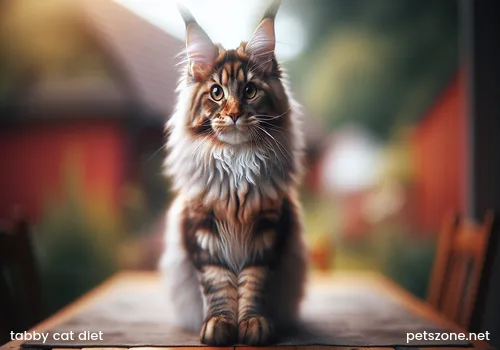
1. From "Wild" to "Domesticated": The Nutritional Code of the Tabby Cat
The tabby cat, known in English as Dragon Li or Li Hua Mau, is a Chinese native natural breed recognized by the CFA (Cat Fanciers’ Association). Although the name sounds somewhat martial arts-like, they are essentially domesticated cats after a long period of taming. However, compared to some highly selectively bred cat breeds, tabby cats often retain more characteristics close to their ancestors — such as strong physique, higher adaptability, and a certain hunting instinct.
But this does not mean they can "eat anything when hungry." On the contrary, it is precisely this physiology closer to the "original design" that determines their especially prominent need for high-quality animal protein. Imagine their natural prey: mice, birds, insects... these are "walking protein bars."
Key Nutrient Interpretation:
- Animal protein: Cats need to obtain all essential amino acids from meat, especially taurine and arginine. Taurine is crucial for cats’ hearts, retinas, and reproductive systems; cats synthesize very little themselves and must get it from food. Lack of taurine? The consequences can be severe, such as dilated cardiomyopathy (DCM). Plant protein? Sorry, cats cannot utilize it.
- Animal fat: Provides energy, sources essential fatty acids (such as arachidonic acid), and aids the absorption of fat-soluble vitamins (A, D, E, K). Cats can directly use animal-derived vitamin A but cannot convert beta-carotene from plants (like carrots) into vitamin A as humans do.
- Very low carbohydrates: Cats’ digestive systems have limited ability to process carbohydrates. High-carb diets can lead to obesity, diabetes, and other problems, and may reduce protein and fat intake by occupying stomach capacity. Grains — especially corn, wheat, and soy, common fillers in cat food — have low nutritional value for cats and may sometimes be potential allergens.
- Water: Cats’ ancestors come from deserts and generally do not drink much water actively, relying mainly on moisture from prey (about 70% water content). Therefore, the moisture content in the diet is very important.
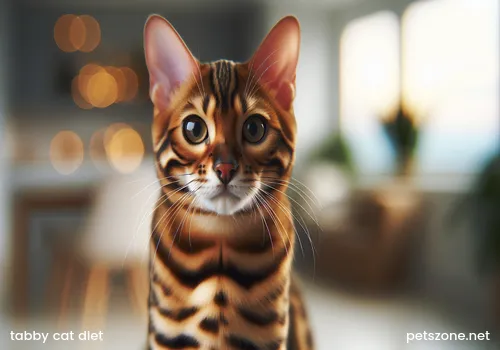
2. Main Food Choice: "Avoid Pitfalls" Guide for Commercial Cat Food
In modern urban cat keeping, commercial cat food is the most convenient and mainstream choice. With a dazzling array of brands and types, how to choose?
1. Dry Food (Dry Kibble)
- Advantages: Easy to store, simple to feed, relatively affordable, helps clean teeth (limited effect).
- Disadvantages: Extremely low moisture (usually below 10%); long-term exclusive dry food feeding can cause insufficient drinking and increase urinary system diseases (such as stones, feline idiopathic cystitis FIC); to form kibble and control costs, often contains high carbohydrates (grains or potatoes, peas, etc.); high-temperature extrusion may destroy some nutrients.
- Selection principles:
- Check the first few items on the ingredients list: Ideally, the first two should be clearly named animal meats (such as chicken, duck, fish, not vague terms like “poultry meal,” “meat by-products”). The clearer and earlier the meat source, the better.
- Pay attention to crude protein and crude fat content: Crude protein should be no less than 30%-35% (higher and quality sources are usually better), crude fat no less than 15%-20%. Note: numbers alone are not enough, consider ingredient origin to judge protein quality.
- Avoid high grain/high plant protein: Prefer grain-free or low-grain formulas. Beware of products that use pea protein, potato protein, etc., to "boost" total protein content.
- Check taurine content: National standard requires ≥0.1%, AAFCO standard requires ≥0.1% (dry matter basis), good cat foods usually add 0.15% or higher.
- Watch additives: Avoid artificial colors, palatants, and controversial preservatives (like BHA, BHT).
2. Wet Food (Wet Food - Canned/Pouched)
- Advantages: High moisture (usually 70%-80%), more consistent with cats’ natural eating habits, helps supplement water and prevent urinary problems; usually higher protein, lower carbs; often better palatability.
- Disadvantages: Relatively more expensive; difficult to store after opening; minimal effect on dental cleaning.
- Selection principles:
- Also check ingredients list: Prefer main meal cans/pouches with clear, high meat content (labels may indicate "complete pet food" or meet AAFCO standards). Distinguish between main meal and treat cans (nutritionally unbalanced, not for main meals).
- Consider texture and formula: pâté, shreds, chunks — cater to cat preferences. Some wet foods add gels (like carrageenan, guar gum); small amounts are usually harmless but choose those with less.
- Watch “by-products”: Organs provide natural vitamins and minerals and are beneficial in moderation, but ingredient lists flooded with vague “meat by-products” may indicate low-quality materials.
Practical advice:
- Mixed feeding: Many cat owners use a combination of dry and wet food. For example, dry food available during the day and wet food fed once or twice daily. This can help control budget while ensuring water intake and nutritional balance. Similar to humans having regular meals with occasional special dishes.
- Gradual transition: Follow the "7-day food transition method" when changing food, gradually increasing new food proportion and decreasing the old, giving cats’ stomachs time to adapt and avoid soft stools or diarrhea.
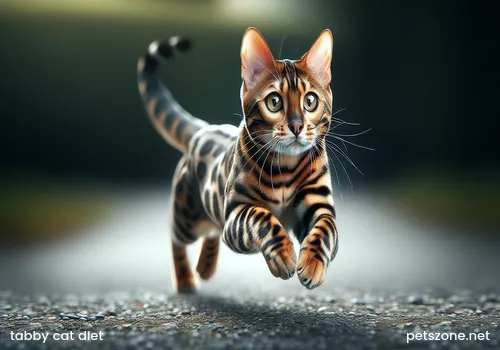
3. Homemade Cat Food and Raw Meat: Advanced Options but Require Caution
For cat owners with energy, conditions, and willingness to study deeply, homemade cat food or raw meaty bones (BARF - Biologically Appropriate Raw Food or Raw Meaty Bones) are choices closer to cats’ natural diet.
- Potential advantages: Fresh, transparent ingredients; complete control over nutrition, avoiding unnecessary additives and carbs; theoretically more aligned with cats’ physiological needs.
- Major risks:
- Nutritional imbalance: This is the biggest trap. Cats’ nutritional needs are extremely precise; deviations in calcium-phosphorus ratio, taurine, vitamins, trace elements can cause severe health issues over time. Homemade is not simply cooking meat; it must strictly follow recipes reviewed by veterinary nutritionists. Randomly using online “recipes” is a health gamble for cats.
- Bacteria and parasites: Raw meat feeding risks infection from Salmonella, Listeria, parasite eggs, endangering cat health and possibly humans (especially elderly, children, pregnant, immunocompromised). Ingredient sourcing, handling, and storage require very high hygiene standards.
- Complex operation and high cost: Purchasing multiple ingredients, supplements, meat grinders, and time and money costs may exceed those of high-end commercial food.
If you consider homemade or raw meat feeding:
- Step one, and most important: Consult a professional veterinary nutritionist (not a general vet but one specialized in nutrition) to create or recommend a scientific, balanced recipe tailored to your cat’s age, weight, and health status.
- Strictly follow the recipe: Do not arbitrarily change ingredient ratios or omit supplements.
- Ensure ingredient safety: Choose reputable, traceable meat suppliers. Strictly follow hygiene norms during freezing, thawing, and handling.
- Regular check-ups: Closely monitor cat’s physical condition and schedule regular check-ups and tests (e.g., parasites).
Honestly, for most ordinary cat owners, especially beginners, high-quality commercial main food (especially wet food or a dry-wet combination) is a safer and more reliable choice. Don’t fall into nutrition imbalance or bacterial infection traps chasing “natural.”
4. Feeding Details: Good Horse Needs a Good Saddle, Good Food Needs Good Method
Choosing the right food is just the start; feeding correctly is also important.
- How much to feed? Cat food packages usually include recommended feeding amounts, but those are only references. It is more scientific to adjust based on the cat’s weight, age, activity level, and Body Condition Score (BCS). BCS is a method using observation and touch to assess cat’s body condition, with many charts online (usually 5 is ideal, too thin or too fat is not good). Kittens and lactating queens need more energy; elderly and neutered cats tend to gain weight and need portion control. It’s better to feed less more often than to always fill the bowl (free feeding can cause overeating in some cats).
- How to feed? Scheduled and fixed-place feeding helps develop good lifestyle habits and makes appetite changes easier to monitor. Adult cats usually feed 2-3 times daily. Kittens require frequent small meals, maybe 4-6 times daily.
- Water! Water! Water! Important enough to say three times. Always provide clean, fresh drinking water. Cats like running water, so consider pet water fountains. Recommended bowl materials are ceramic, glass, or stainless steel to prevent bacteria growth and avoid health risks from plastics. Place water bowls away from food bowls and litter boxes.
- Treats and snacks: Treats are only rewards or bonding tools and should not replace main food. Choose healthy treats like pure meat freeze-dried or meat strips. Human food, especially seasoned food, onions, garlic, chocolate, grapes, etc., can be toxic and must never be fed. Fish? Many think cats naturally love fish, but fish is not their main natural prey; some raw fish contain thiaminase enzymes that destroy vitamin B1, causing deficiency if fed in large amounts long term. Fish also often causes allergies. Occasional treats are fine but not staple food. Milk? Most adult cats are lactose intolerant and drinking milk can cause diarrhea.
- Forbidden foods: Besides those mentioned, alcohol, caffeine, xylitol, lilies, etc., are highly poisonous to cats. Keep kitchen trash bins covered to prevent curious cats from ingesting harmful items.
5. Conclusion: Respect Nature, Feed Scientifically
The tabby cat, as one of the most common cats around us, deserves praise for its toughness and adaptability, but this does not mean we can ignore its instinctive needs as a strict carnivore. From street stray to family member, what we provide should not be just shelter but a scientifically based care.
Feeding tabby cats is not mystical; essentially, it is: provide high-quality animal protein and fat, limit carbohydrates, ensure adequate hydration, pay attention to individual differences, and accompany with careful observation and care. Whether choosing carefully selected commercial food or trying homemade under expert guidance, the core is to meet their wild-born "carnivorous" nature.
After all, raising a healthy and happy cat that "meows meows meows" is quite an achievement, isn’t it? Don’t let "hardy" become an excuse for "carelessness."
-560x560.webp)
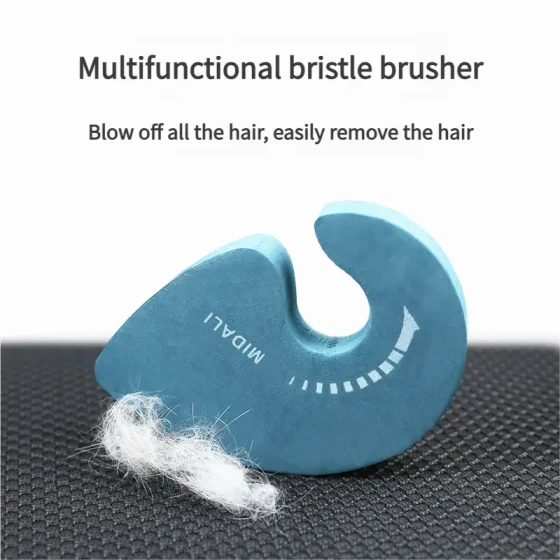
-560x560.webp)
